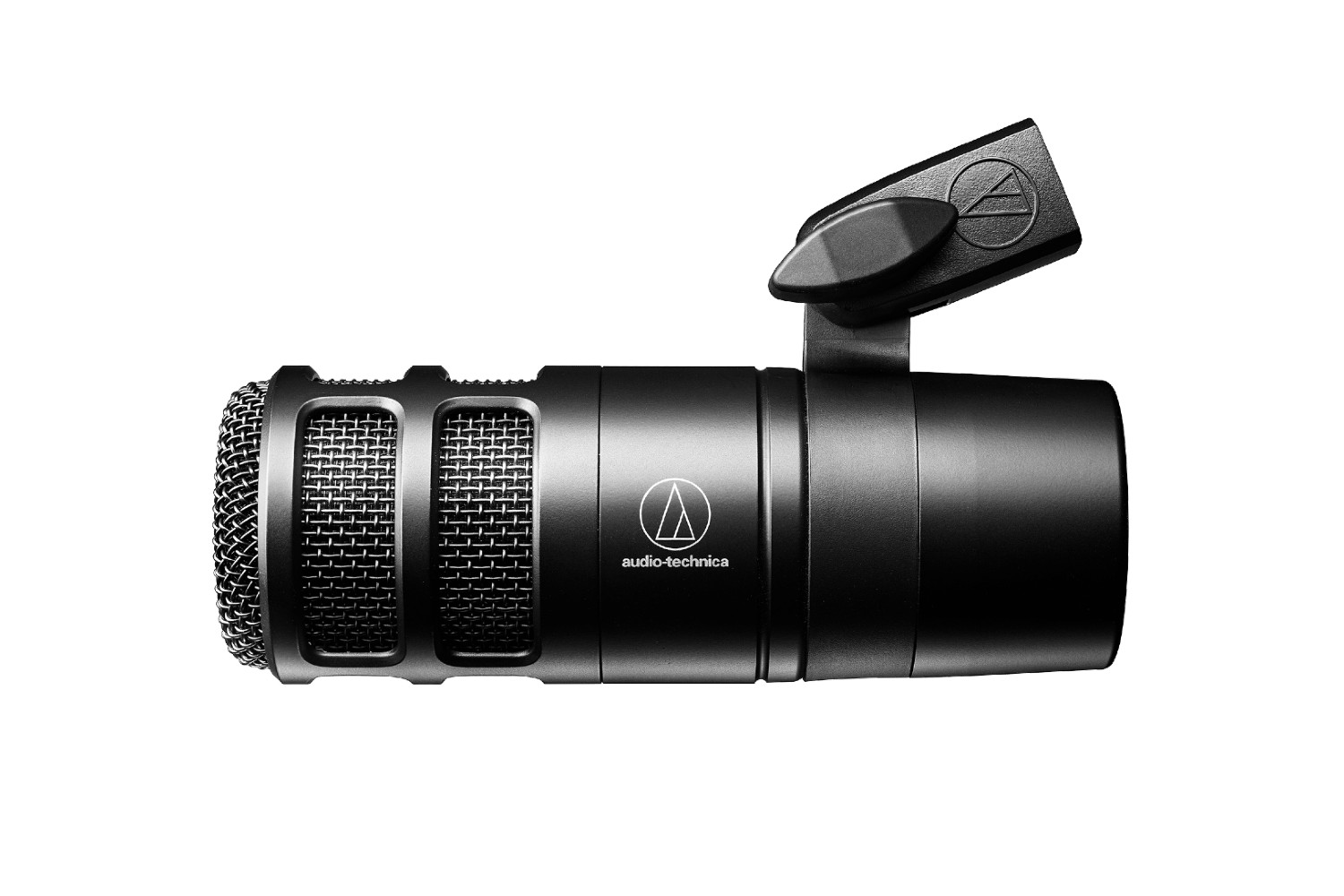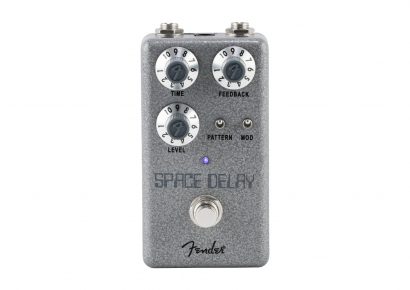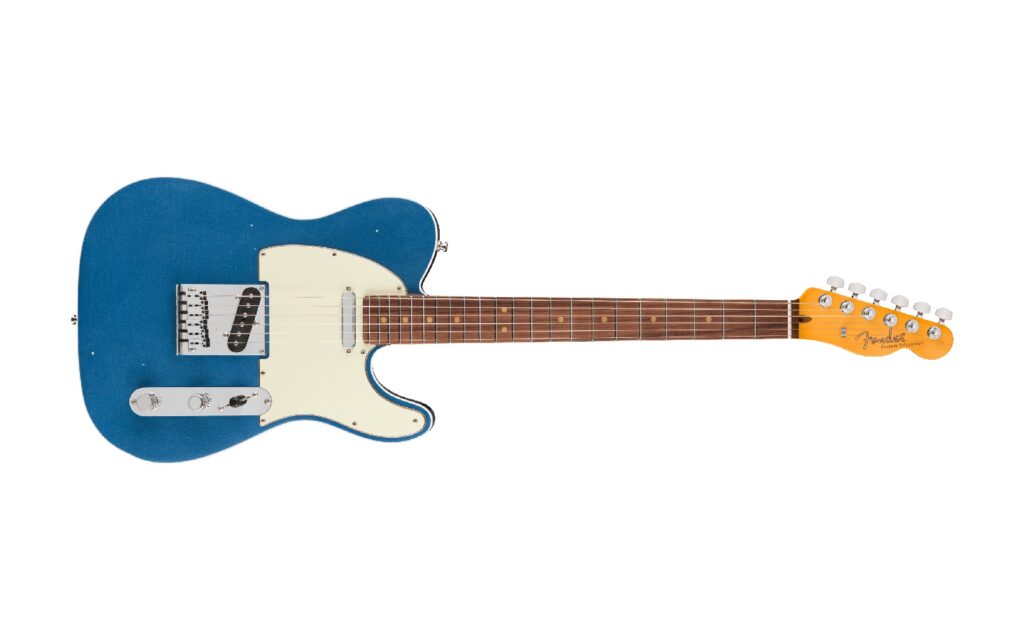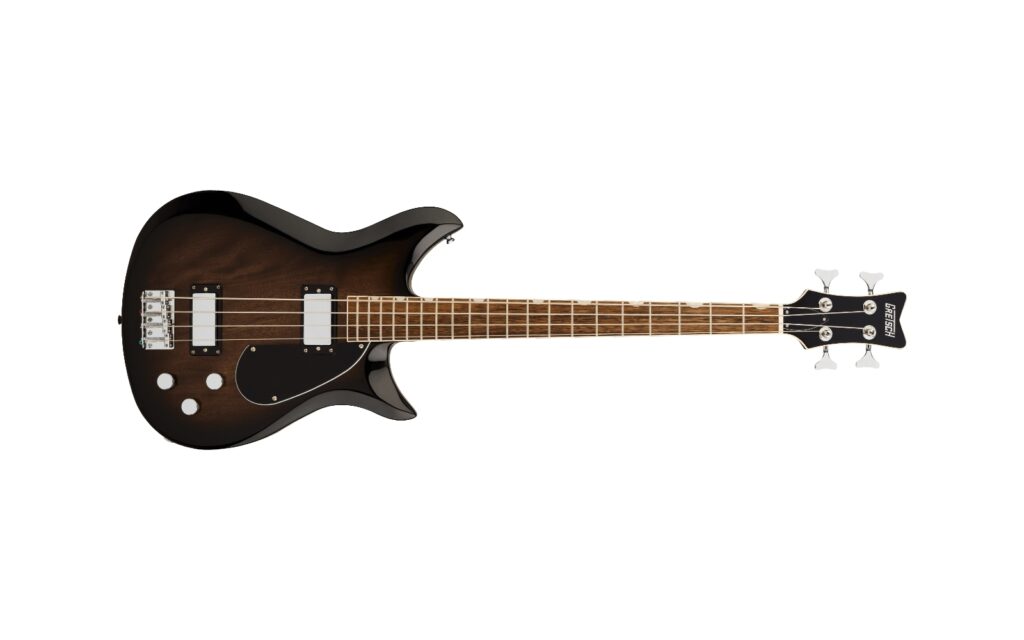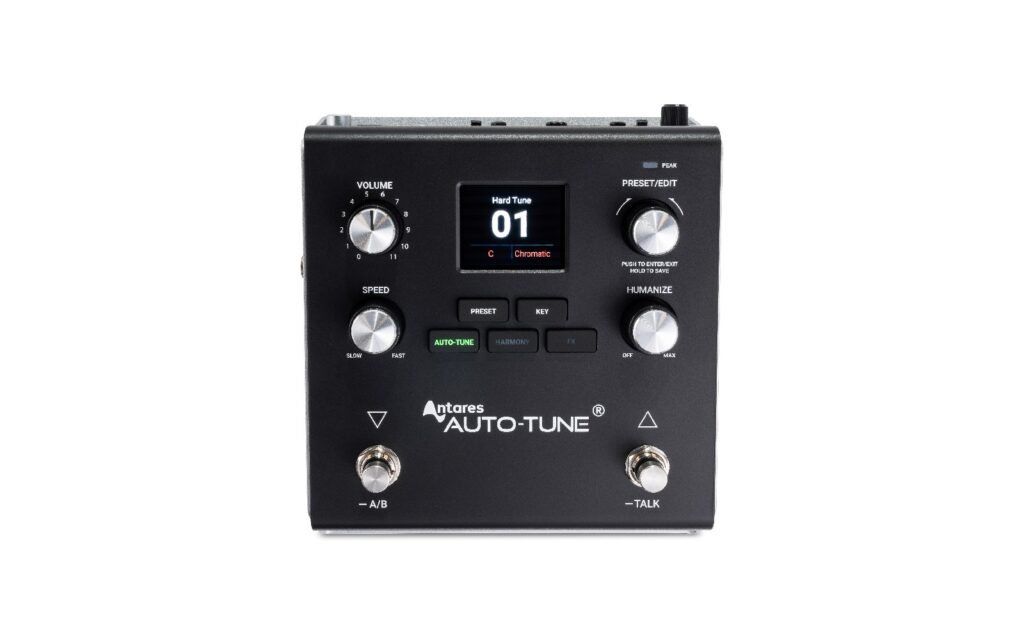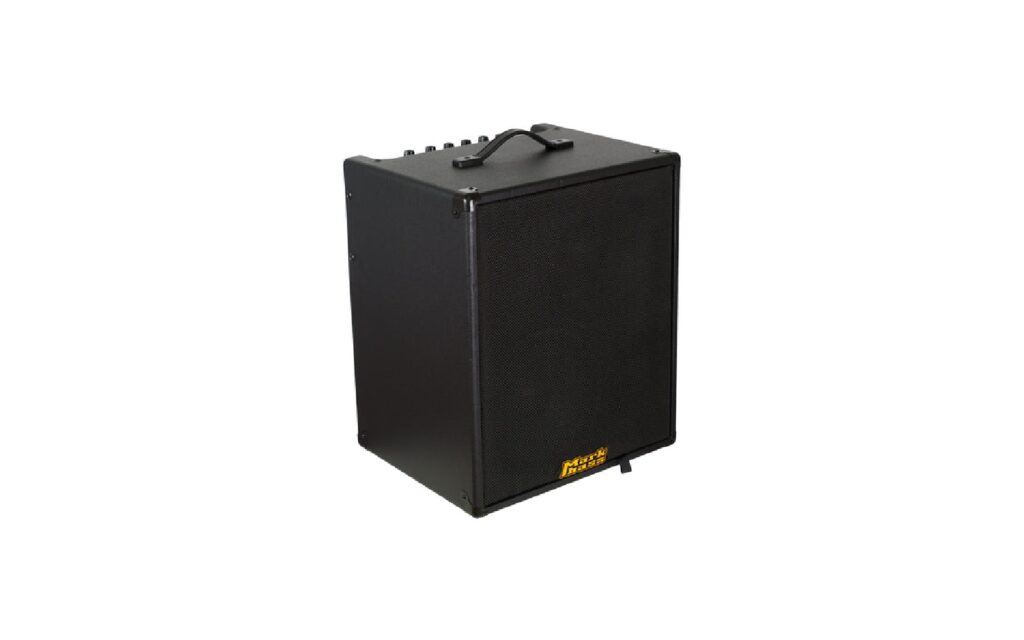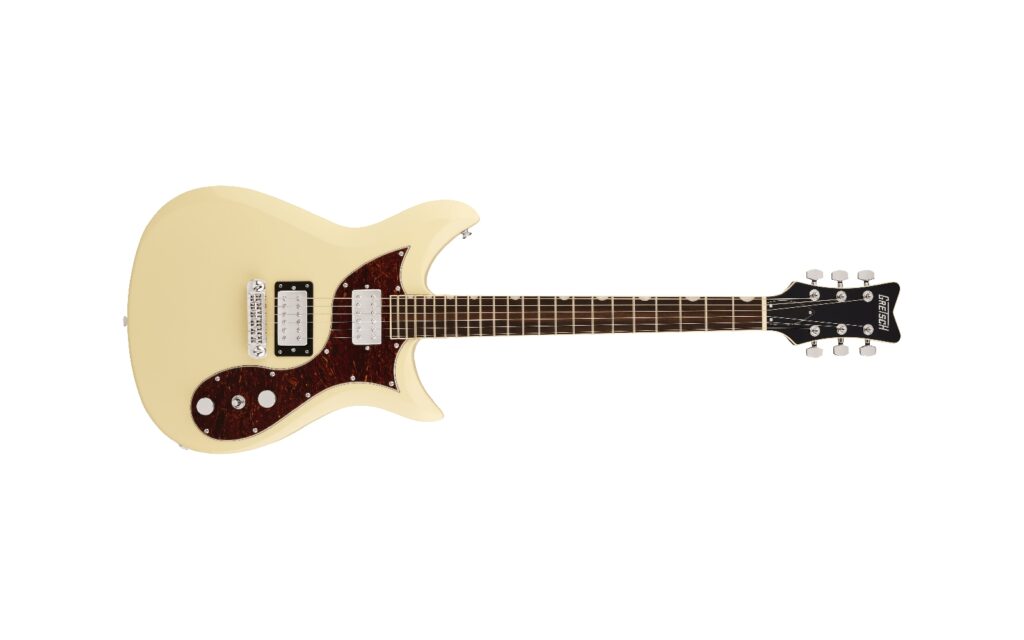Technical Audio Group | RRP: $199
The influx in digital content demand has afforded lots of people a new income stream or a new hobby while instability and unemployment was at an all time high.
So, you’re looking at getting into creating YouTube videos, streaming on Twitch or starting your own podcast? Awesome, but before you dive right in, it’s important to discuss how you’re going to capture your voice and what’s more important in this regard than choosing an appropriate microphone.
Catch up on all the latest music gear reviews here.
With regards to all of these applications, it’s hard to look past the new AT2040 podcast microphone from Audio-Technica. It’s a dynamic, large diaphragm, end address microphone with a hypercardioid polar pattern, that comes housed in a sleek, all metal enclosure. It uses a professional grade XLR output and requires no phantom power to run on account of it being dynamic.
There’s an integrated shock mount present here which reduces noise travelling through the mic stand, as well as a multi stage wind screen consisting of a nonwoven filter and foam mesh to tame plosives (think boomy p’s and b’s) from reaching your recording. This is fantastic for an affordable microphone such as this, with content creators likely wanting to have an all in one solution available and not have to purchase extra accessories.
Audio-Technica seemed to understand that end users would want to use this microphone on a stand, and attached a pivoting stand mount to the AT2040. This will screw onto basically all microphone stands courtesy of the 5/8″-27 to 3/8″-16 threaded adapter. Neat.
Courtesy of the hypercardioid polar pattern, sounds coming from everywhere except aimed at the front grill are rejected quite well. This is fantastic news if you plan on recording with multiple microphones and only want to hear each speaker from their respective microphone or for streamers, it will provide rejection from your clattering keyboard while you game all night.
This microphone is dynamic, which is akin to other prolific broadcast microphones, and delivers a warmer sound than condenser microphones produce. The dynamic element in this microphone would require more air to be moving to capture it, and in turn, minimises room noise in comparison to a condenser microphone.
Now, this does mean that the AT2040 doesn’t have as defined a high end as its condenser microphone compadres, but for recording audio that is destined to wind up on the internet, modern audio compression rates will chop off anything above 16kHz anyway.
Speaking of frequency responses, this microphone captures audio accurately from 80Hz to 16kHz, which is a bit too specific to be a coincidence. This microphone has been designed as a podcasting, streaming and content creation microphone for people who don’t want to get dug down in the nitty gritty audio engineering talk. As such, they’ve created a microphone that’s about as plug and play as you can get while still featuring a professional XLR output. No phantom power, external pop filter, shock mounts or post processing required here – just plug it in, and you’re ready to create.
For those curious about how it sounds, the AT2040 is quite impressive for a microphone at this price point, and surely will outperform for content creation purposes. In fact, there’s no reason why it couldn’t be used as a vocal mic for singer-songwriters, considering how crisp it sounds. There seems to be a slight low cut going on here which pushes the parts of your voice that are easily heard to the foreground, another plus for its plug and play capability.
With regards to its look, it definitely appears like a broadcast mic. Having to use this while streaming or creating other forms of video content would make for a professional looking setup, especially as to how revered the name Audio-Technica is within the audio world.
For transporting this microphone, there’s an included soft protective pouch to ensure your AT2040 stays in good knick while on the move, and at 615g, it won’t weigh down your microphone stand, while still being solid enough to take a knock due to its all metal enclosure.
The AT2040 has a sensitivity of -53dB which is very suitable for its intended application. This statistic would only become a factor if you were planning on recording audio from a significant distance, instead of using it up close as it’s intended to be used.
With its 600 ohms impedance, this is a low-impedance microphone, meaning it will work seamlessly with any audio interface/preamp featuring an XLR input, or any kind of input for that matter with an additional connector.
If you’re unsure about which microphone to choose for your spoken word applications, this microphone should be on your list. For streamers and podcasters, Audio-Technica have created a microphone that is as plug and play as dynamic professional microphones can be. With its affordable price tag, robust construction and great sounding, noise rejecting qualities, the AT2040 is sure to be a hit for online content creators – keep your eyes peeled for it in the next YouTube thumbnail!
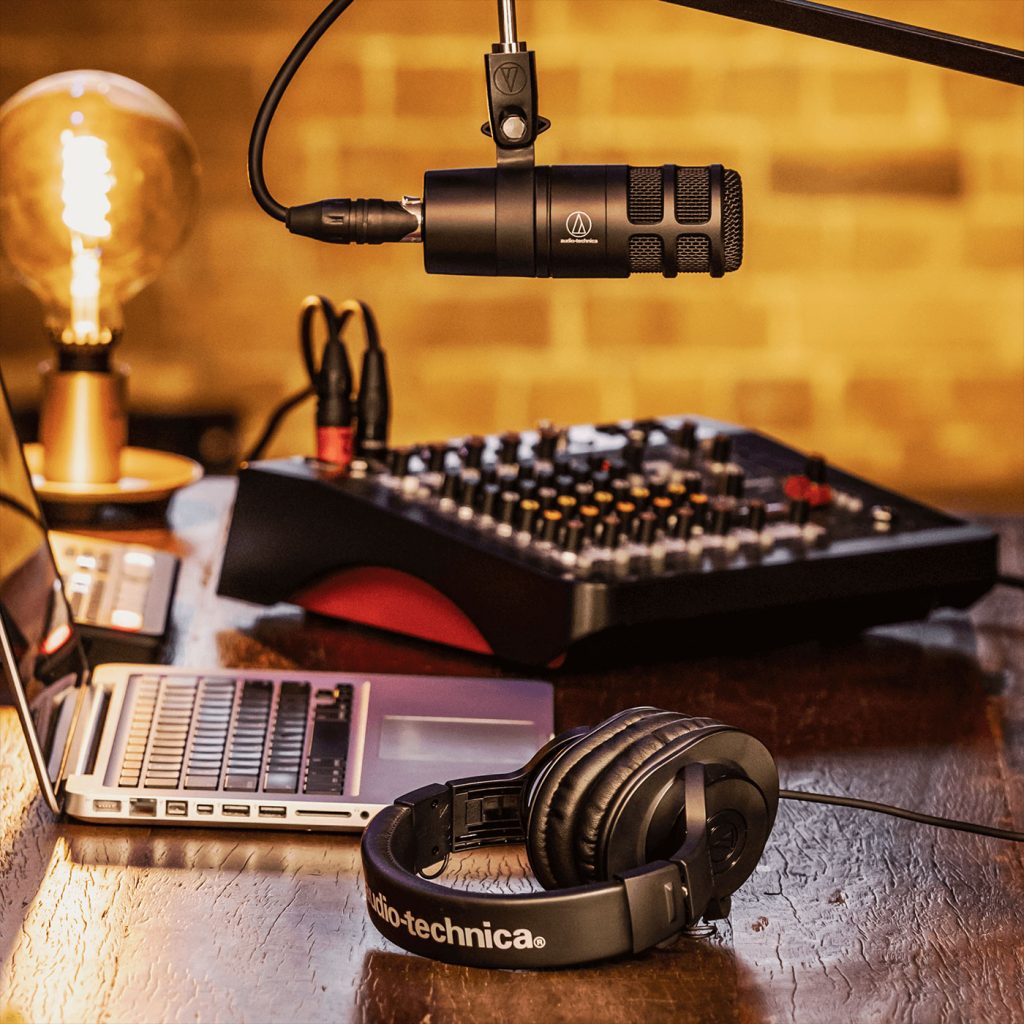
For more information head to Audio-Technica and for local enquiries head to Technical Audio Group.
